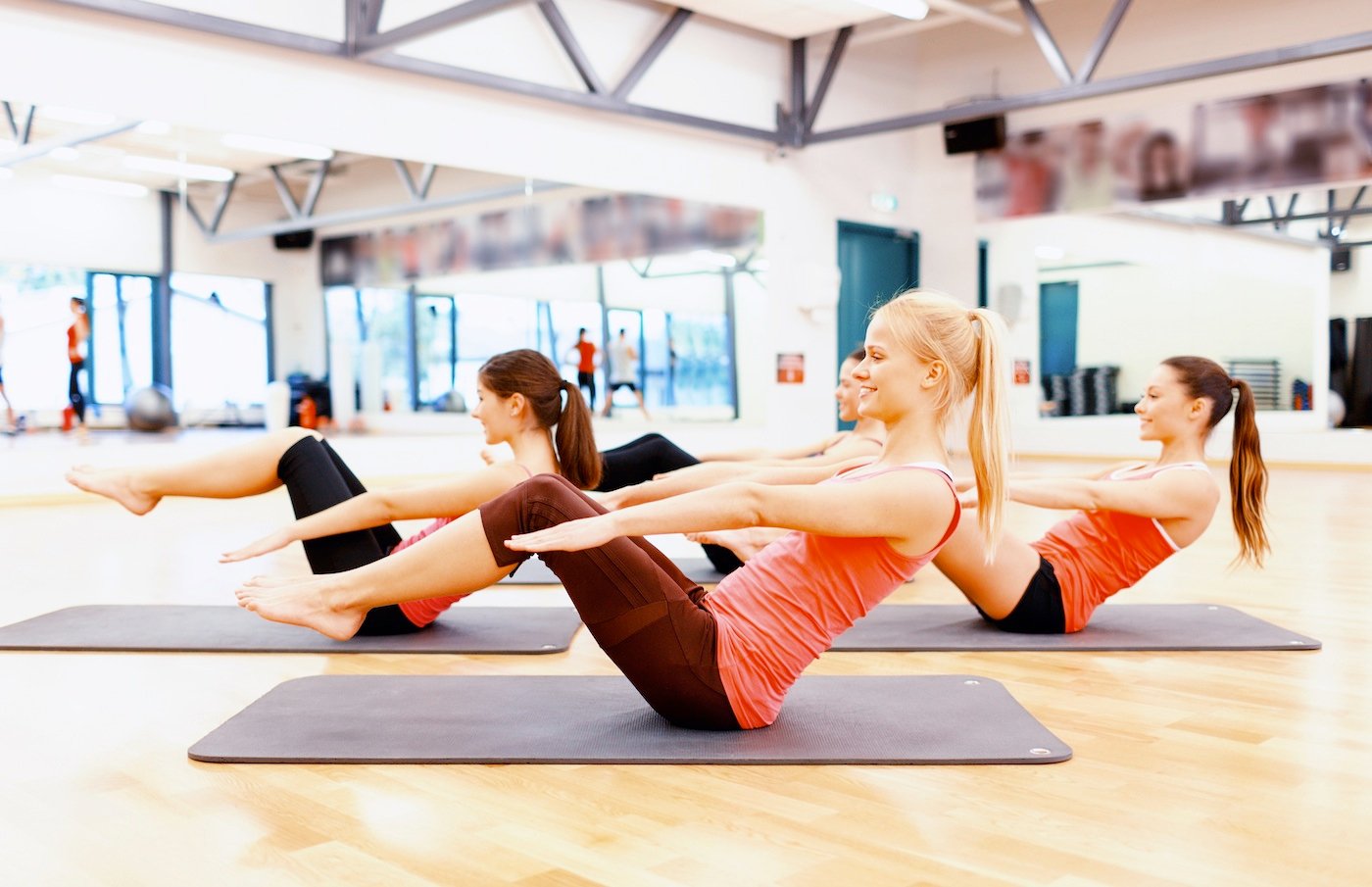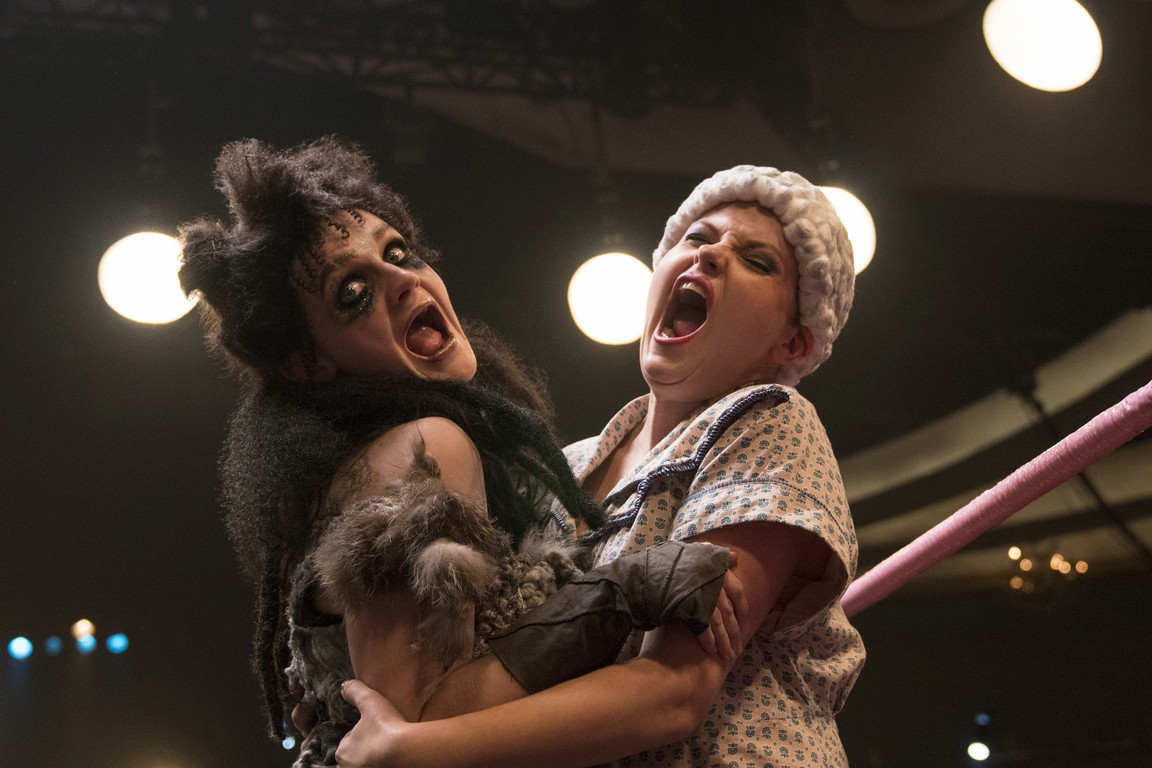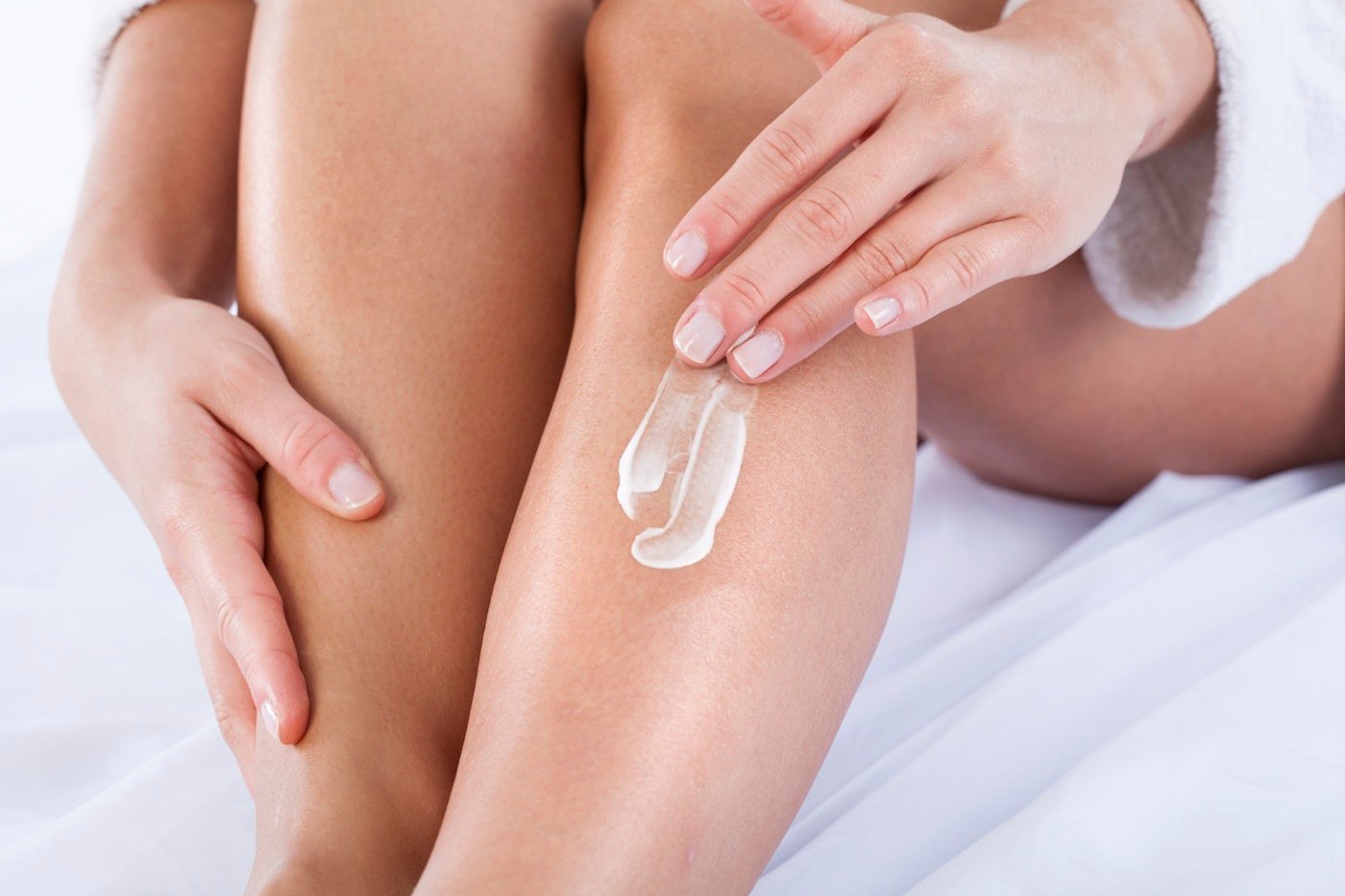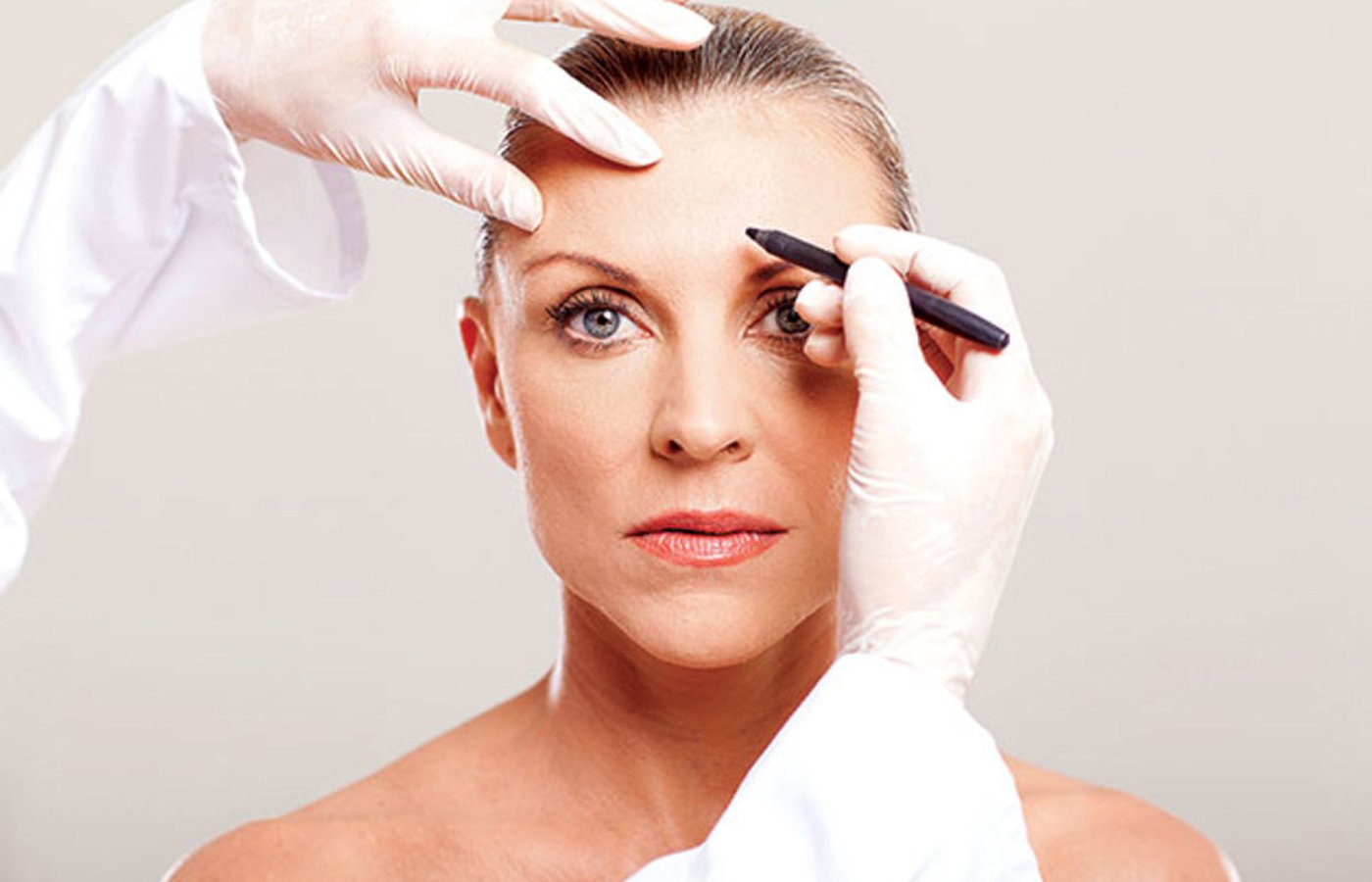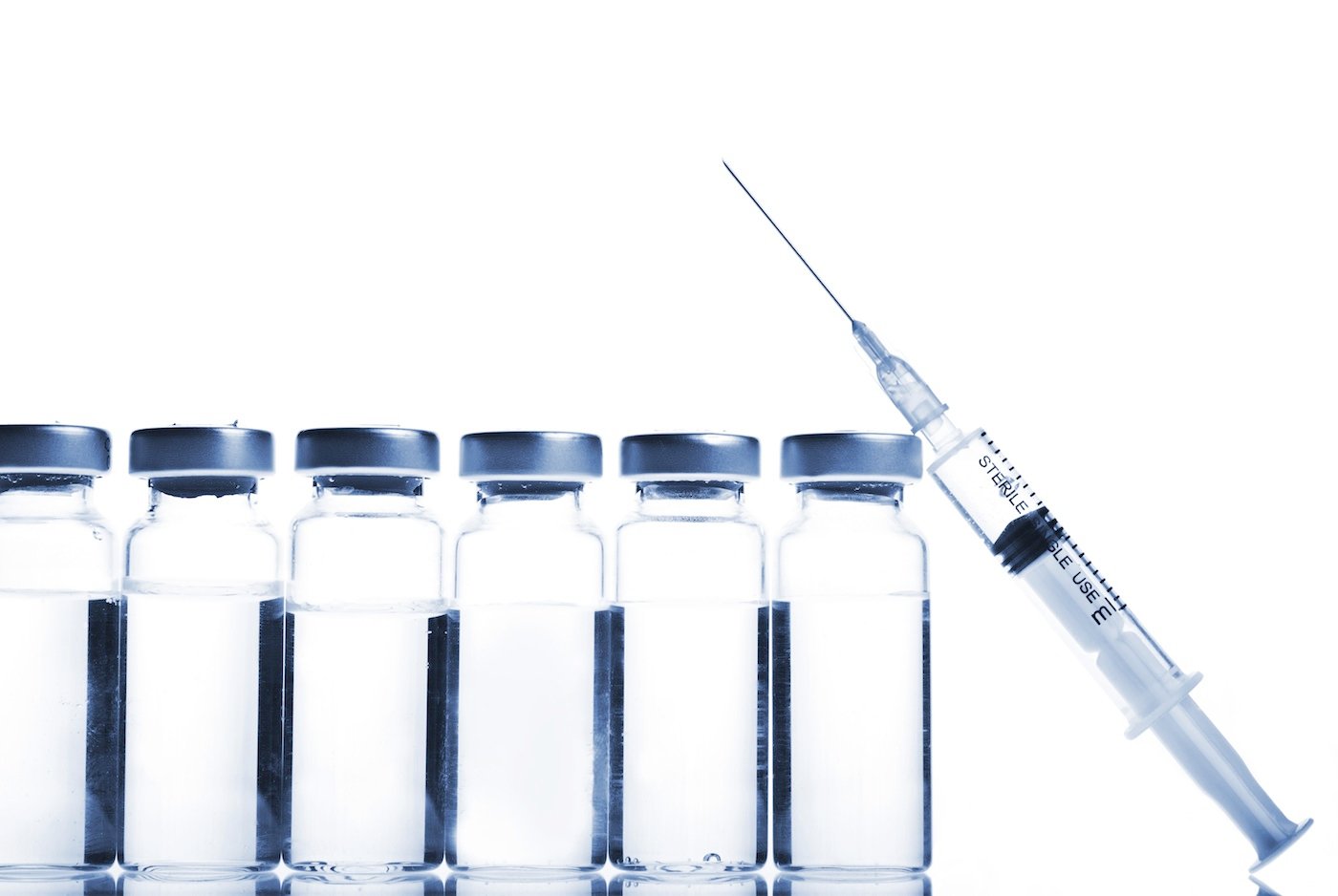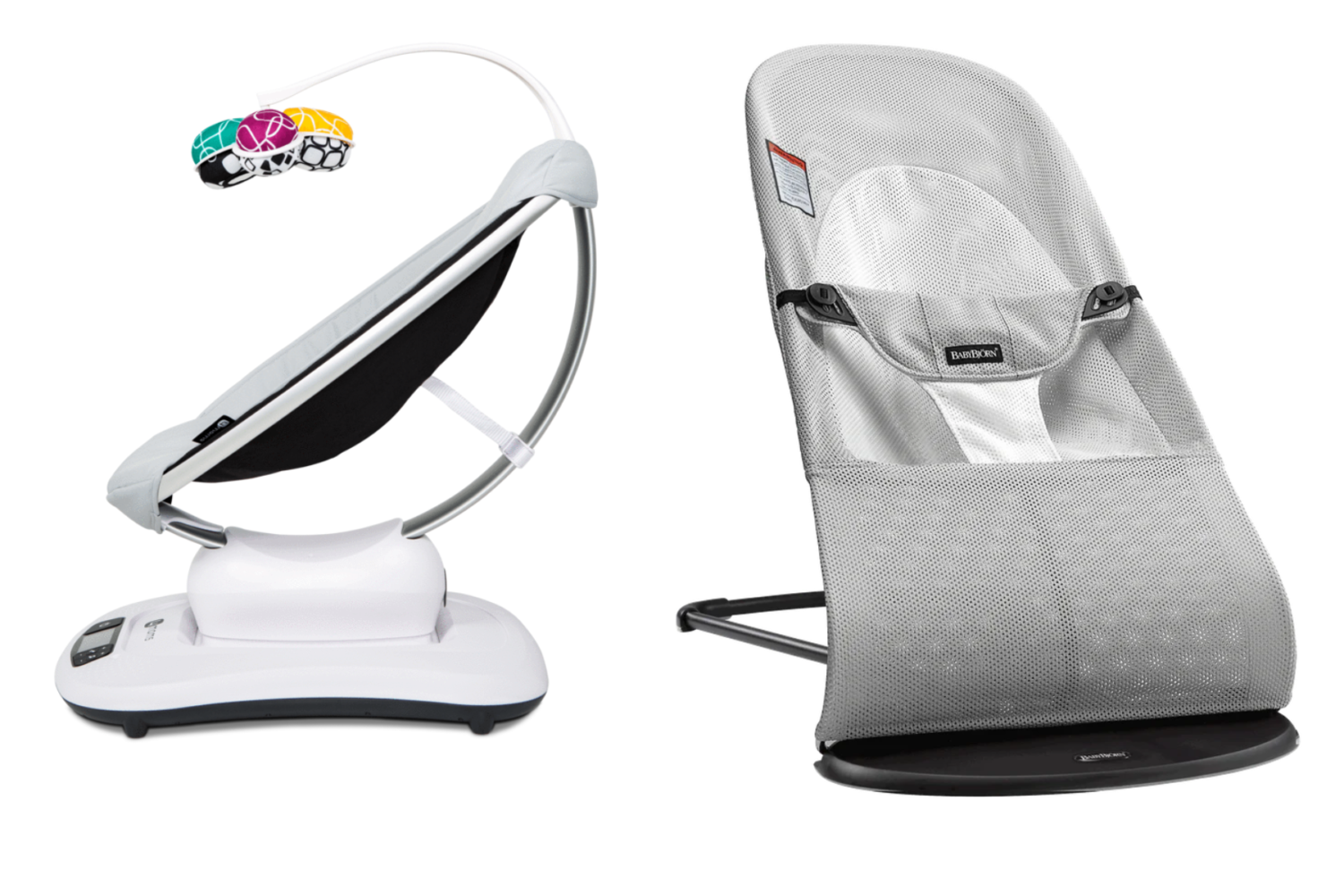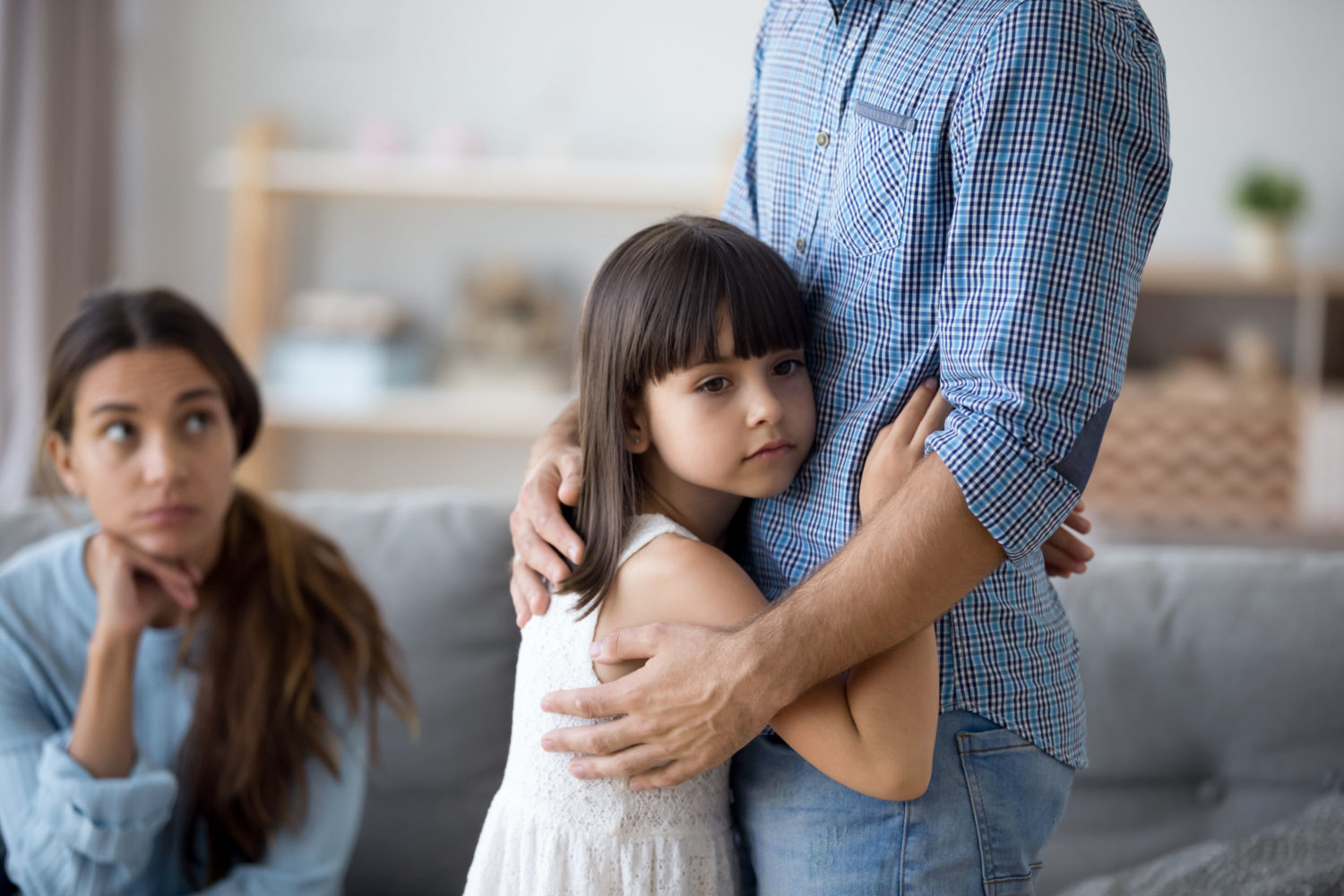Warmer weather is finally settling in around Washington, which means before we know it, it will be time to get back into a swimsuit. If you’re starting a new workout plan or increasing the number of sweat-sessions is in your plan to get beach-ready, here are a few tips to avoid some common skin problems that can develop with a regular exercise routine.
Acne
Increased breakouts are not unusual with increased exercise routines, especially on the forehead, chest and back when workouts increase in intensity. If prone to acne, wash the face before working out to remove debris that could clog pores when sweating. Immediately after working out, take a shower to cleanse the sweat away from the chest and back. If body breakouts continue to be a problem, add a two percent salicylic acid containing body wash in the shower.
Butt-bumps
A common complaint from those who work out regularly is red bumps on the buttocks. Often a result of friction caused by wearing tight workout pants, these bumps are not typical acne but rather develop when the tiny hairs on the buttocks are irritated with occlusion from tight clothing. For this condition, avoid wearing tight workout pants for long periods of time. Although modern workout clothes are very comfortable and stylish, if “butt-bumps” are a problem, it is best to avoid spending the entire day in workout or yoga pants to reduce occlusion and friction on the skin. Also, a two percent salicylic acid or benzoyl peroxide body scrub can be used in the shower on a daily basis until improved.
Athlete’s Foot
If you are planning on joining a gym, wear shoes and socks at all times. The fungus that causes athlete’s foot likes to grow in warm, wet places. When in the shower, bring flip-flop sandals and change them often to avoid the fungus that causes athlete’s foot. If dry, itchy skin or cracks between the toes and on the bottom of the foot are present, a tinea pedis (athlete’s foot) infection is likely. Treat it with over-the-counter antifungal creams, keep feet dry (which means get them out of hot, sweaty sneakers as much as possible) and change socks often.
Warts
Similar to athlete’s foot, wear shoes, socks, and flip-flops whenever in the gym, regardless of how “clean” the facility looks. There are over 100 varieties of human papilloma virus or HPV that cause warts. Although only a few HPV types cause plantar (bottom of the foot) warts, it can be an extremely difficult infection to clear completely. For reasons doctors do not fully understand, some people are more susceptible to wart virus than others. The best way to avoid infection when in a public place like a gym is to keep a barrier between the feet and public surfaces as much as possible. Warts on the bottom of the feet can be tender when standing, which is sometimes the first sign of an HPV infection. If you suspect you have a wart, start treating with over the counter wart remover products immediately to reduce the risk of spread. If the wart is not responding to the treatment, see a dermatologist. The treatment for warts is more successful when initiated early rather than when they have been present for months to years.
Dr. Elizabeth Tanzi is a board-certified dermatologist and co-director of the Washington Institute of Dermatologic Surgery.

